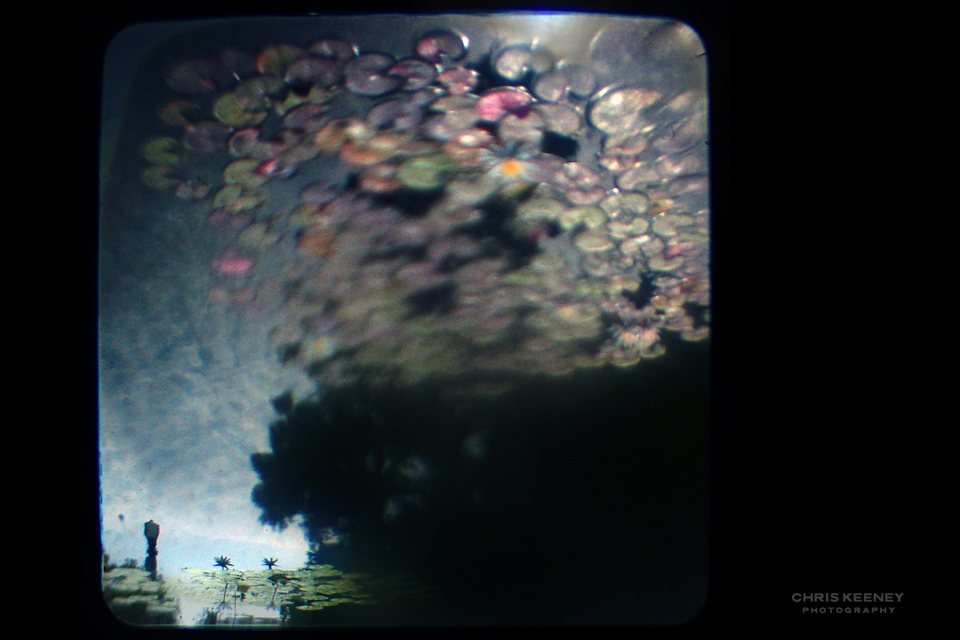1 min read
So what is experimental photography, anyway?
Bob Mizer Foundation : Feb 28, 2017 2:46:00 PM

Experimental photography is as old as the medium of photography itself. But the concept might be confusing for some who are new to the art.
 Unlike photography that captures a specific moment, person or place in time, with few touchups or alterations, experimental photography employs subjectivity and artistry, according to Dennis Bell, founder and president of the Bob Mizer Foundation.
Unlike photography that captures a specific moment, person or place in time, with few touchups or alterations, experimental photography employs subjectivity and artistry, according to Dennis Bell, founder and president of the Bob Mizer Foundation.
“Really, at its core, experimental photography is abstract, and it uses manipulation of people, places and things throughout the photographic process,” he says. “Though Bob Mizer himself is known for his portraits and images of muscle men flexing and posing for the camera, a lot of his earlier works were experimental in nature.”
Some of those images likely are familiar to supporters of the Foundation or photography enthusiasts in general.
In 2014, the Foundation sponsored its first-ever emerging photographer competition, designed to “celebrate inventive photography techniques.”
 The competition, whose entries were analyzed by a panel of guest judges, including Taschen Sexy Books Editor Dian Hanson, included entries that employed plenty of innovation, imagination, and unorthodox methods.
The competition, whose entries were analyzed by a panel of guest judges, including Taschen Sexy Books Editor Dian Hanson, included entries that employed plenty of innovation, imagination, and unorthodox methods.
"One entry … was created with a scanner instead of a camera, and we also had a few entries of old-style tintype images, and bizarre computer manipulation. These were all nice extremes in the photographic process and is what this contest is all about,” Bell said in an April 1, 2015, press release announcing the winners of the competition.
Bell says that in the Digital Age, as digital cameras and memory cards replace physical film and darkrooms, most techniques become easier to employ, thanks to technology.
 “I feel like we can appreciate Bob’s use of experimental techniques even more – in his days, a model holding up a disembodied head of another model would have certainly piqued curiosity,” Bell notes. “Today, such practices are becoming more commonplace – but they still require the same amount of imagination, energy, and raw talent.”
“I feel like we can appreciate Bob’s use of experimental techniques even more – in his days, a model holding up a disembodied head of another model would have certainly piqued curiosity,” Bell notes. “Today, such practices are becoming more commonplace – but they still require the same amount of imagination, energy, and raw talent.”
As part of its mission statement, the Foundation actively seeks to promote (and profile) experimental photographers, too.
“Although our primary focus is the preservation of Bob Mizer’s work, as well as educating others about his life and times, we really enjoy featuring both established and up-and-coming experimental artists to our supporters,” Bell says.
Some recent photographer profiles include Chris Keeney, who uses infrared and underwater images in his work; Troy Schooneman, who works primarily in portraiture; and Korey Watkins, who cites Mizer as one of his influences in his own beefcake photography.